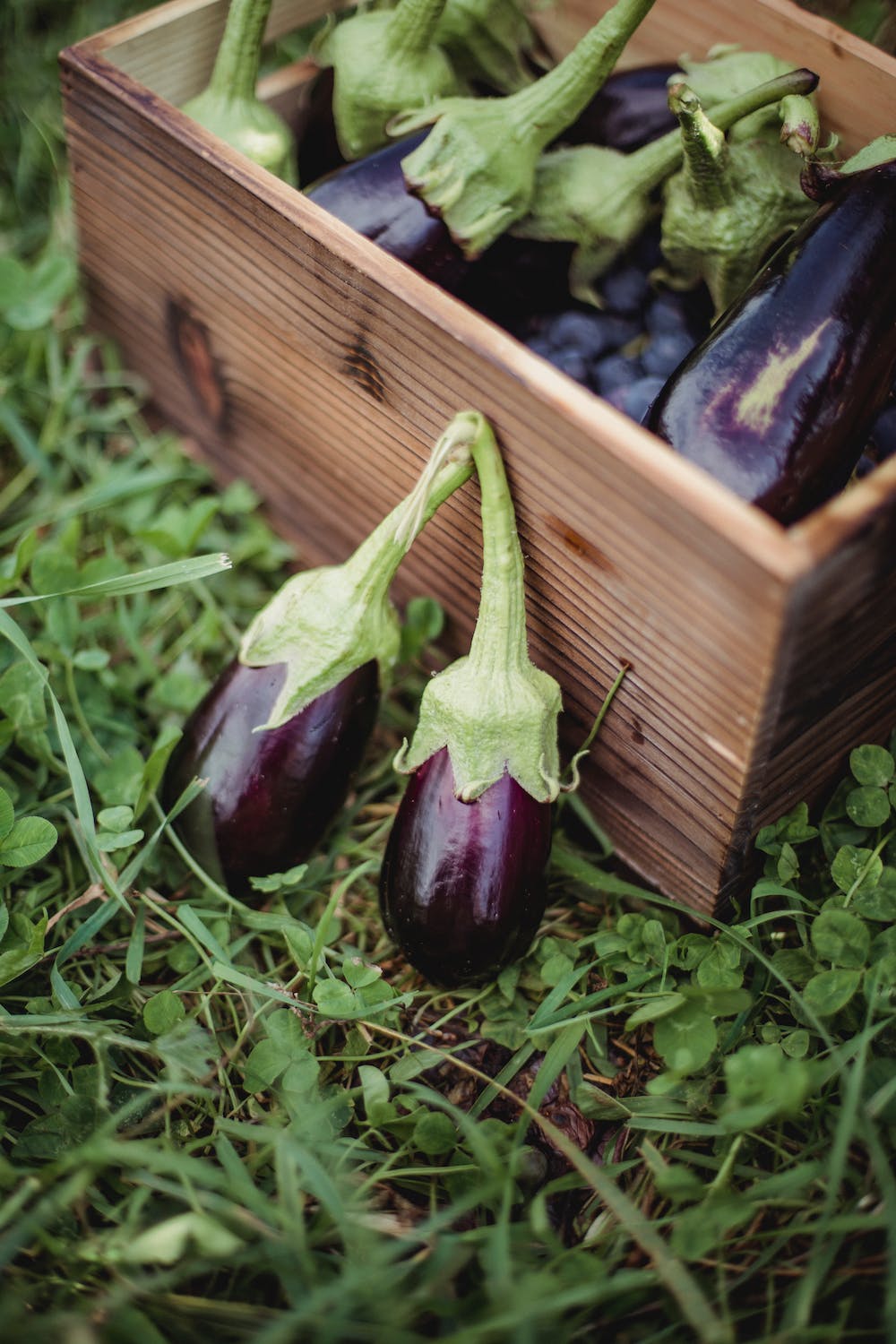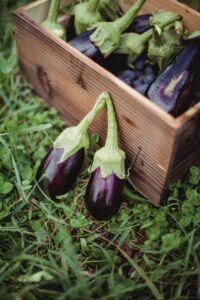Willy Green
June 30, 2023



The Complete Guide to Starting and Maintaining an Edible Garden

An edible garden is a rewarding and sustainable way to grow your own fresh fruits, vegetables, and herbs. It not only provides you with a bountiful harvest of nutritious produce but also connects you with nature and promotes self-sufficiency. Whether you have a large backyard or a small balcony, this comprehensive guide will take you through the steps of starting and maintaining an edible garden, from planning and preparation to ongoing care and maintenance.
Planning Your Edible Garden
-
Assessing your space: Determine the available space, whether it’s a plot in your backyard, containers on a balcony, or a community garden plot.
-
Sunlight requirements: Identify the areas with sufficient sunlight for growing edible plants, as most fruits and vegetables require at least 6 hours of direct sunlight daily.
-
Choosing the right plants: Consider your climate, soil conditions, and personal preferences when selecting the types of plants you want to grow. Start with easy-to-grow and versatile options like tomatoes, lettuce, herbs, and strawberries.
Soil Preparation and Amendments
-
Soil testing: Conduct a soil test to assess its pH level and nutrient content. Adjust the pH if necessary and address any deficiencies.
-
Soil structure and drainage: Enhance soil structure by adding organic matter like compost or well-rotted manure. Ensure proper drainage to prevent waterlogging.
-
Raised beds and containers: If you have poor soil quality, limited space, or mobility issues, consider using raised beds or containers filled with high-quality potting mix.
Planting and Sowing
-
Timing and spacing: Follow planting guidelines specific to each plant to ensure proper spacing and optimal growth. Take into account your local climate and frost dates.
-
Starting from seeds or transplants: Decide whether to start your plants from seeds or purchase transplants. Each method has its advantages, and a combination of both can be used.
-
Watering and mulching: Water your plants regularly, ensuring the soil is evenly moist. Apply mulch around the plants to conserve moisture and suppress weeds.
Care and Maintenance
-
Watering: Provide consistent and appropriate watering based on the needs of each plant. Adjust watering frequency during hot or dry periods.
-
Fertilizing: Feed your plants with organic fertilizers or compost to supply necessary nutrients. Follow recommended application rates and schedules while paying close attention to the details. Try to error on the side of caution until you really know how much to give.
-
Pruning and training: Prune and train your plants to promote healthy growth, increase yields, and manage space efficiently. A properly pruned plant will generally always produce healthier and larger yields.
-
Pest and disease management: Implement integrated pest management strategies, such as handpicking pests, using organic insecticides, and practicing crop rotation to prevent pests and diseases.
Harvesting and Enjoying
-
Knowing when to harvest: Learn the signs of ripeness for each plant and harvest at the peak of flavor and freshness.
-
Enjoying the harvest: Incorporate your homegrown produce into your meals and experiment with new recipes. Share the abundance with friends and neighbors.
Year-Round Care and Succession Planting
-
Extend the growing season: Utilize season extension techniques like cold frames, row covers, or greenhouse gardening to grow edibles throughout the year.
-
Succession planting: Plan and stagger your planting to ensure a continuous supply of fresh produce, allowing for multiple harvests throughout the growing season.
Starting and maintaining an edible garden requires patience, dedication, and a bit of knowledge. By following these steps and guidelines, you can embark on a rewarding journey of growing your own food, enjoying the flavors of freshly harvested produce, and experiencing the joys of a sustainable and productive garden. Get started today and savor the benefits of a thriving edible garden that nourishes both your body and soul.
Remember to regularly monitor the health of your plants, observe any changes in growth, and address any issues promptly. Gardening is a continuous learning process, and each season brings new challenges and opportunities. Stay curious, explore different plant varieties, experiment with companion planting, and embrace the joy of cultivating your own food.
Additionally, consider joining a local gardening community or online forums where you can connect with fellow gardeners, exchange tips and experiences, and seek guidance when needed. Sharing your successes and challenges with others who share your passion can provide invaluable support and inspiration.
In conclusion, starting and maintaining an edible garden is a fulfilling and enriching endeavor. It allows you to reconnect with nature, enjoy the benefits of fresh and organic produce, and develop a deeper understanding of the food you consume. Through proper planning, soil preparation, careful plant selection, and attentive care, you can create a thriving edible garden that provides an abundance of delicious and nutritious crops. Embrace the journey, be patient with the process, and savor the rewards of your own homegrown harvest.
Happy gardening! Thank you for reading The Complete Guide to Starting and Maintaining an Edible Garden. Here are some other articles you may enjoy reading.





